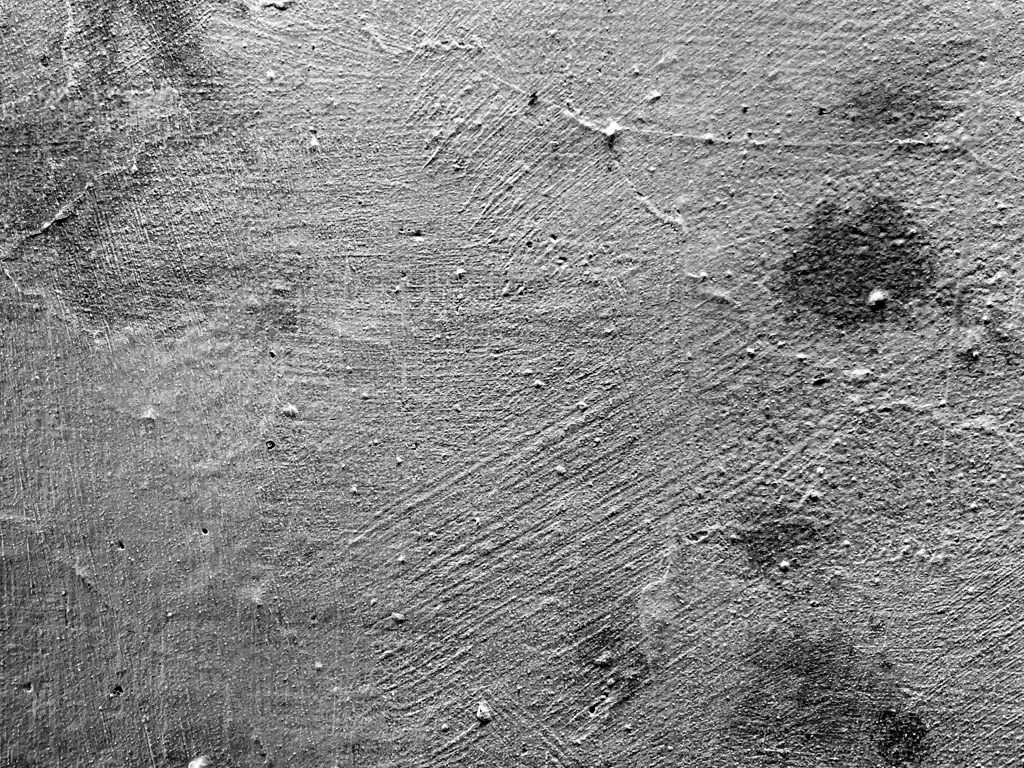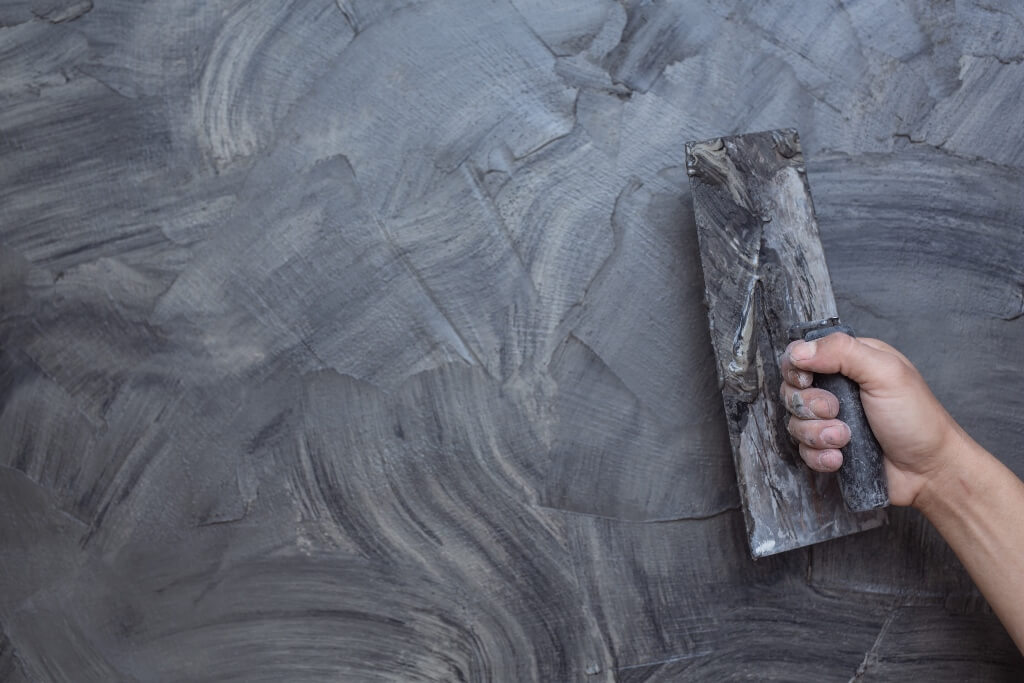Used for interior and exterior wall structures, different types of plasterwork have been used on walls for hundreds of years.
Outside of the trade, most people are unaware of the types of plasterwork required on properties and outbuildings.
Different types of plasterwork are used for a variety of external and internal walls, and each type provides a different finish for different areas of the property.
It’s the composition of each type that sets them apart and, more importantly, each type’s respective use.
Let’s take a look at some of the different types we use as we explain the origins of our trade.
Lime-based types of Plasterwork
Using a lime-based mix, the earliest plasterers made plaster to cover walls and floors from unheated crushed limestone in Jordan, around 7500 BC. Renders in clay and gypsum plasters were used in ancient India and China to give stone or mud walls a smooth surface.
Lime plaster is a breathable mixture of lime, sand, and water with fibres for added strength. Originally, horse hair was used to assist the binding process, making it durable and able to cope with movement whilst adding a soft appearance.
Lime plaster is suitable for the character of older properties and can handle damp and condensation issues.
The ancient Egyptians decorated tombs with lime and gypsum-based plastering before the hieroglyphics and pictures were added. The Roman Empire added artistic, decorative stucco designs to their buildings from gypsum, lime, sand and marble dust.
Gypsum Plaster
Not as breathable nor as flexible as lime plaster, gypsum plaster is now the most commonly used type. It is made with partially or completely dehydrated gypsum and is often combined with hardeners.
Gypsum plaster dries quicker than lime plaster and it creates a smoother finish to help compliment the sleek look of modern and contemporary properties.
Speak to us about gypsum plaster as the varieties mean that prices can vary considerably depending on the materials used for each layer.
When considering types of plasterwork in the gypsum range, you’ll come across terms relating to their uses.
Here is a quick guide for the most common types:

- Browning Plaster – recommended for creating a solid undercoat on top of brickwork.
- Bonding Plaster – although similar in use to Browning Plaster, bonding plaster has the advantage of being more versatile. It can be used on virtually any surface due to its incredible adhesive qualities.
- Tough Coat Plaster – as the name suggests, it’s very resistant to the elements and it is the most durable of all the undercoat plasters. However, although ideal for masonry walls, constant exposure to water can weaken it.
- Thistle Plaster – versatile, easy to use, quick-drying, leaves a smooth finish, and is great for small repair jobs. Under the British Gypsum brand, Thistle Plaster has become the finish coat signature for plasterers, either on plasterboard or as part of a two-coat system.
- Carlite Plaster – a scratch and impact-resistant finishing coat that takes twice as long to dry as Thistle Plaster. Carlite Plaster is durable and versatile with regards to achieving a variety of decorative finishes.
- Hardwall Plaster – similar to Tough Coat Plaster with regards to its use on masonry walls, and similar to Browning Plaster in that it is a solid undercoat plaster.
- Universal One-coat Plaster – breathable types of plaster with a couple of lime-based options available to reduce the curing period. This one-coat plaster is thick and can be used for an undercoat or a finish on smaller repair jobs.
- Dri-coat Plaster – a handy solution for damp-related problems.
Cement Plaster
We have touched upon the uses of different types of plasterwork, and one type that is not ideal for period houses is cement plaster.
Made from sand, cement and water, cement plaster sets very quickly. It is not as breathable nor as flexible as lime plaster but the low cost makes it an attractive option. Gypsum plaster is often applied as a second layer to help achieve a smoother surface.
Versatile Clay Plaster

A versatile option which is a general all-rounder for new and old properties is clay plaster.
Clay is the natural binding element with aggregates and natural fibres combined later to aid a smooth, matt finish that can be left unpainted.
Marmorino and Venetian types of plasterwork
The Venetians expanded on the architectural splendour of Rome with Marmorino Veneziano effects during the Renaissance in Venice, during the 15th Century.
Calcium oxide-based Marmorino plaster, made from lime putty and ground marble, can be applied to internal and external walls, using various techniques to achieve a variety of finishes, including a natural stone or polished marble effect.
This provides interior walls with a luxurious finish. Not only that, it waterproofs the walls and gives them antibacterial properties, ideal for bathrooms and bedrooms.
Traditional Clay and lime Venetian plaster is very popular today – https://www.stuccoveneziano.co.uk/ – despite being more expensive, due to the natural, sublime finish.
Pargeting
A century before the Venetians brought us Marmonino plaster, whilst terracotta production was being introduced from Europe, exuberant sculptures were being applied to masonry or a lathed, timber-framed wall. Locally, this decorative plasterwork was called ‘pargeting’ and was used as an exterior decoration on buildings in the South-East of the country.
English Types of Plasterwork
Some of the most opulent pargeting was produced for over 150 years from around the mid-16th century. English plasterwork became more elaborate following the external decoration of Henry VIII’s Tudor royal palace in Surrey (1538) – https://en.wikipedia.org/wiki/Nonsuch_Palace .
However, from about 1660, the pargeting technique began to fall out of fashion.
Taking inspiration from a collective group of designs and techniques, there was a renewed interest in plasterwork in the 18th Century with innovative plasterers introducing oil mastics in the UK, including stone paste patents and other compositions being patented before the beginning of the 19th century.
After studying in Rome, influential British architect, Robert Adam (1728-1792) – https://en.wikipedia.org/wiki/Robert_Adam – adopted many of these new compositions, with water-based renders gaining popularity following the repeated failings of oil mastics – https://en.wikipedia.org/wiki/Mastic_(plant_resin).
Water cement consisting of lime, sand and bone ash, and experiments with volcanic earths and hydraulic limes, concluded that superior limes were those fired from limestones with a high clay content.
Despite its unattractive brown finish, ‘Roman Cement’ was patented in 1796 which could be used for stucco when mixed with sand and could be cast to form ornamental designs.
Into the 1800s, natural cement was used in stucco mixes and, following a re-emergence of oil mastics, cast stone and concrete became popular before the preparation of a cement mix incorporated fine and coarse aggregates for added texture. Pigments and dyes were used to imitate colouring as well as other additives.
Tadelakt Plasterwork
A seamless, unique waterproof plaster used in Moroccan architecture is Tadelakt – https://en.wikipedia.org/wiki/Tadelakt. Resistant to mould, this traditional plaster from Marrakesh has no grout lines and can be a stylish alternative to using tiles in contemporary kitchens and bathrooms.
Even today, many of the types of plasterwork we have mentioned still play an important role in property construction.
Types of plasterwork in the 20th Century

Various mixtures of modified gypsum plasters, such as Keene’s Cement – https://www.oxfordreference.com/display/10.1093/oi/authority.20110803100032233 – were developed for use as internal wall plasters, increasing the usefulness of simple plaster of Paris – https://www.nsead.org/resources/health-safety/h-s-materials/hs-plaster-of-paris/ - as they set more slowly and were thus easier to use.
Until the mid-twentieth century, it was standard practice in Western construction to surface interior walls using wooden lath and a layer of plaster about a half-inch thick (lath and plaster) until it largely fell out of favour in the UK until after the introduction of plasterboard, or drywall, in the 1930s. – https://en.wikipedia.org/wiki/Lath_and_plaster.
Plasterboard then became the standard using the “mud-and-tape” method, where non-adhesive paper or mesh tape and drywall ‘Joint Compound’ – https://en.wikipedia.org/wiki/Joint_compound – is used to fill joints, cover nail heads, and repair any flaws.
Worldwide, plaster veneer is still very rare. It was developed as a way of taking advantage of the reduced labour of modern drywall while providing a genuine plaster surface for a wall.
It’s difficult to find skilled workers in many traditional practices these days and, unless you live in Ireland where plaster veneer is common practice, the skill is in short supply in the UK although it’s an appropriate choice in the renovation of older buildings.
Choosing the right types of plasterwork
Some types of plasterwork are more suited than others, so it’s important to ask a professional for advice about which type of plasterwork is more suitable for your project.
We can help you decide beforehand depending on the style of the house, and a plastering professional will provide a quote based on techniques to be used and coverage before the work is carried out.
Typically, if ceilings are part of the project, we will need to know if the ceiling is to be smooth or textured as, if it is to be textured, it is done after the walls. Also, since time is not as restraining of a factor on textured ceilings, a large mix or back-to-back mixes can be done and all ceilings covered at the same time. A textured ceiling normally doesn’t need to be birded, only blended in with a very wet paintbrush. In this case the wall is done first and the corner is formed with the bird.
If you are looking for a plastering professional, contact us for a friendly service and additional advice.
